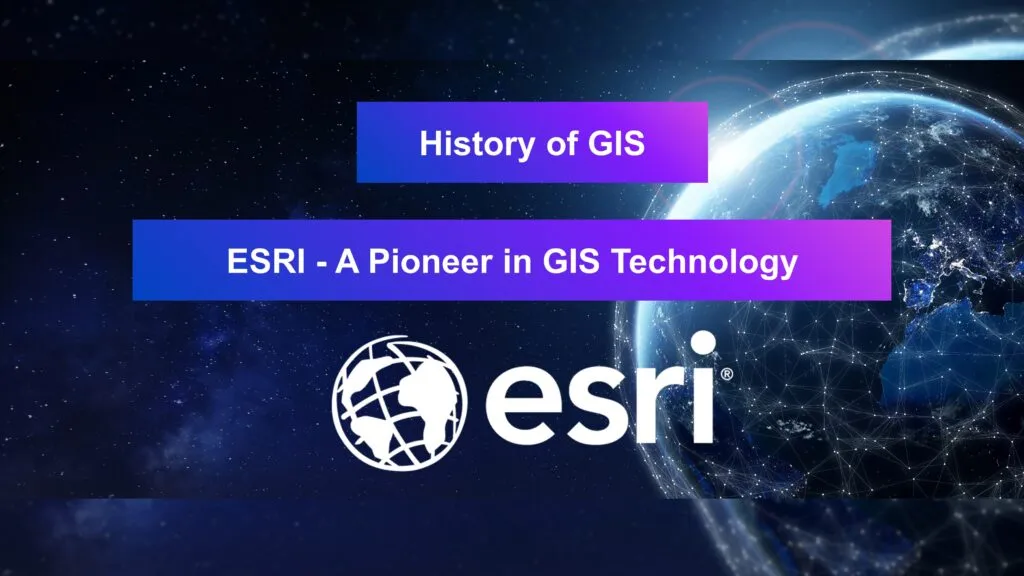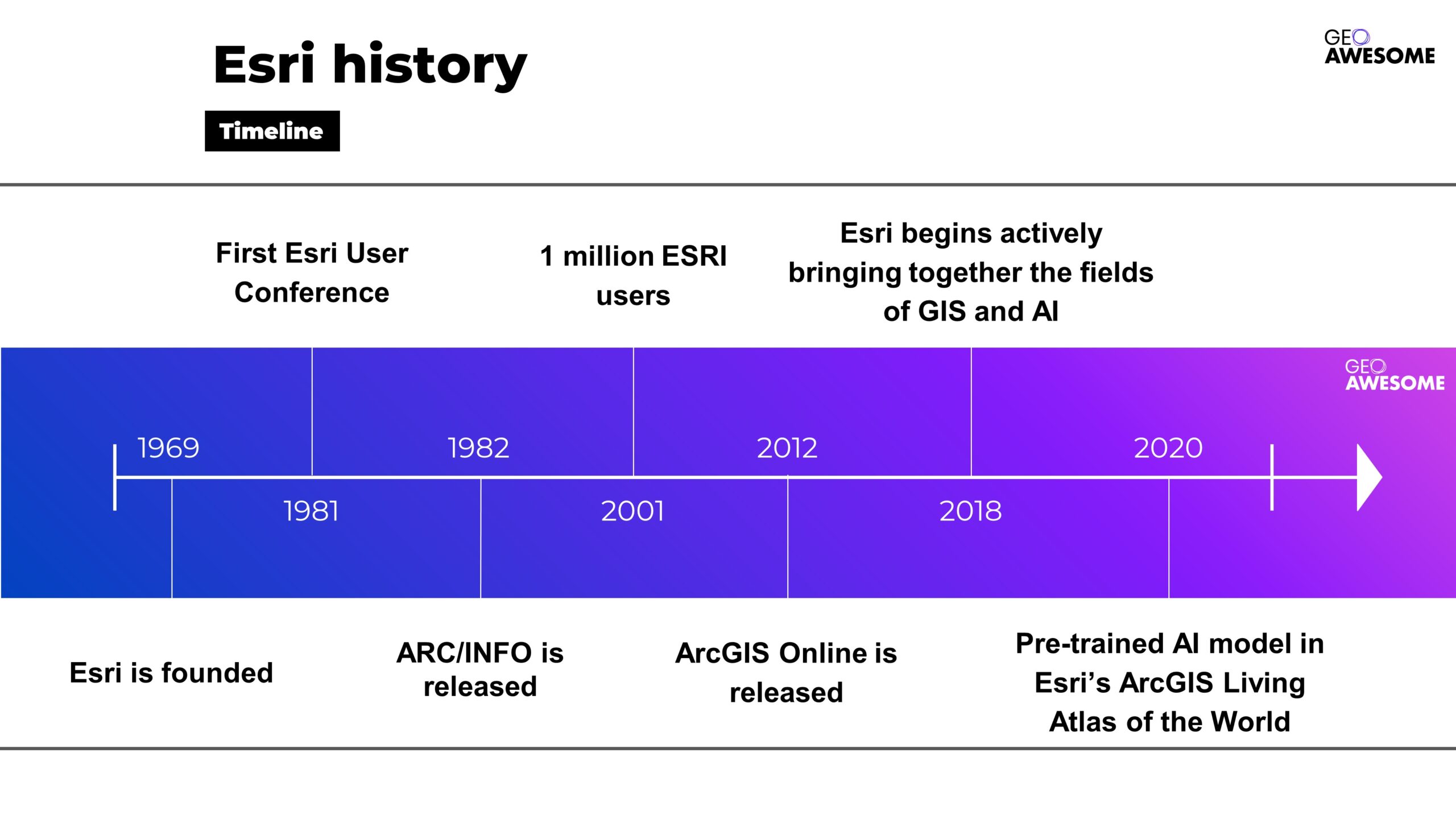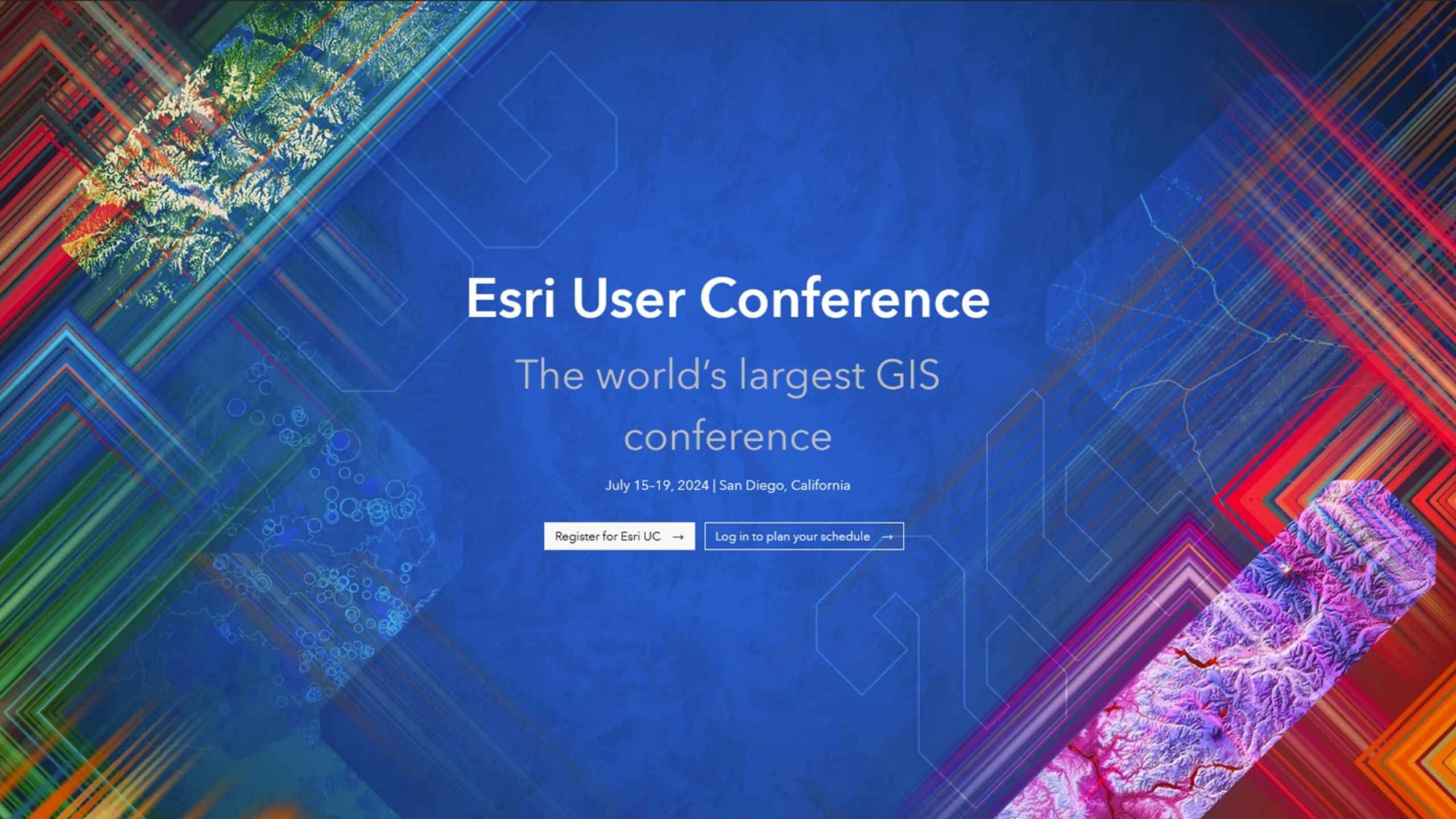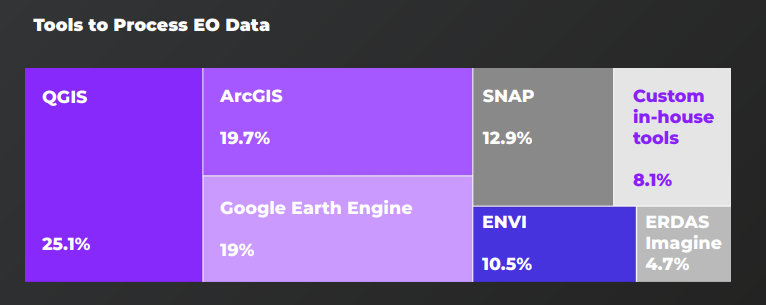
History of GIS | Top 6 Figures in GIS and Geospatial
Geographic Information Systems (GIS) and geospatial science have transformed how we understand and interact with our world. As part of our History of GIS series, we have put together a list of the top six figures in GIS and geospatial.
These individuals come from a diverse array of backgrounds and have made substantial contributions to the industry, highlighting the important roles played by all, including women and people of color, in advancing the field.
We consider it important to note that the contributions of many women of color in the early days of GIS and geospatial sciences may have been overlooked or underreported due to historical biases and lack of documentation.
The industry is continuously working towards better recognition and inclusion of diverse voices and contributions. We recognize this gap and want to provide a more comprehensive and inclusive account of the industry’s history, ensuring all significant contributions are properly acknowledged and celebrated.
Here’s a brief look at six of the most renowned personalities who have shaped these industries.
Dr. Gladys West is a pioneering mathematician whose work was crucial in developing the Global Positioning System (GPS). Born in 1930 in Virginia, she overcame racial and gender barriers to become one of the first Black women to work as a mathematician at the Naval Surface Warfare Center.
West’s groundbreaking contributions include creating precise mathematical models of the Earth’s shape, which were essential for GPS accuracy. She managed the Seasat project, the first satellite to monitor oceans, and worked on GEOSAT, improving our understanding of satellite geodesy.
Her work on accounting for gravitational and tidal forces on the Earth’s surface enabled precise satellite orbit calculations, forming the foundation of modern GPS technology. Dr. West’s achievements were belatedly recognized, including her 2018 induction into the Air Force Space and Missile Pioneers Hall of Fame.

Dr. Gladys West
- Jack Dangermond
Jack Dangermond is the co-founder and president of Esri (Environmental Systems Research Institute), the world’s leading geographic information system (GIS) software company.
Born in 1945 in Redlands, California, Dangermond earned degrees in environmental science and urban planning before founding Esri with his wife Laura in 1969.
Dangermond’s contributions have been crucial in popularizing GIS technology and making it accessible to a broader audience. Esri’s ArcGIS software is one of the most widely used GIS platforms worldwide.
Under his leadership, Esri has become the global leader in GIS technology, serving over 350,000 organizations worldwide. His work has had a profound impact on various industries, from urban planning to environmental conservation. Dangermond is also known for his philanthropic efforts, particularly in environmental conservation and education.

Jack Dangermond. Source
Valerie Thomas is an American scientist and inventor best known for her work at NASA, where she developed image-processing systems for the Landsat program, the first satellite to capture real-time multispectral images of Earth.
Born in 1943 in Maryland, Thomas earned a degree in physics from Morgan State University and joined NASA in 1964. Her contributions to the Landsat program revolutionized Earth observation and resource management.
In 1980, she patented the illusion transmitter, a device that creates 3D optical illusions, which has applications in surgery and television.
Although now retired, Valerie Thomas, at 80 years old, continues to be a highly respected figure in her field and an inspiration to many. Her groundbreaking work and perseverance in the face of challenges serve as a powerful example for those pursuing careers in science and technology, especially for individuals from underrepresented groups.

Valerie Thomas. Source
- Roger Tomlinson
Often referred to as the “Father of GIS,” Roger Tomlinson is best known for his pioneering work in the development of GIS technology.
In the early 1960s, he created the Canada Geographic Information System (CGIS), the world’s first operational GIS, for the Canadian government’s Canada Land Inventory.
This groundbreaking work laid the foundation for modern GIS technology and its widespread application across various sectors. Tomlinson coined the term “geographic information system” and was instrumental in establishing GIS as a distinct field of study and practice.
Tomlinson’s contributions to the field have had a lasting impact on spatial analysis and data management practices. Throughout his career, Tomlinson continued to shape the GIS industry through his consulting work, academic contributions, and advocacy for geographic education.
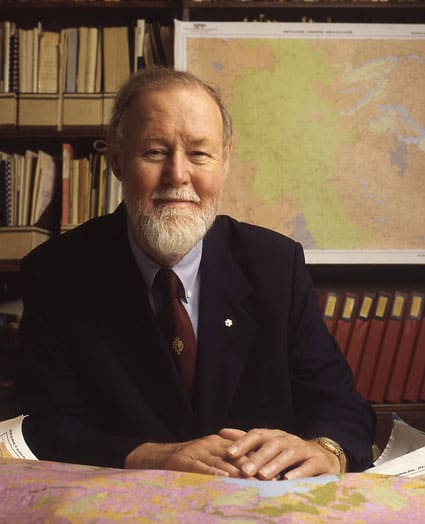
Roger Tomlinson. Source
While not from the earliest days of GIS, Dr. Kwan has been a pioneer since the 1990s in using GIS for analyzing human activity patterns and transportation. Her work has been crucial in developing time-geographic methods in GIS.
Dr. Kwan received her Ph.D. in Geography from the University of California, Santa Barbara in 1994. She has held professorships at several prestigious institutions, including the University of Illinois at Urbana-Champaign and the Chinese University of Hong Kong.
Her groundbreaking work has focused on integrating time and space in GIS analysis, developing innovative methods for studying human mobility, environmental exposure, and health issues. Dr. Kwan’s research has been instrumental in advancing the field of time geography within GIS, providing new ways to analyze and visualize complex spatio-temporal data.
Dr. Kwan has received numerous awards for her contributions, including the American Association of Geographers (AAG) Stanley Brunn Award for Creativity in Geography and the AAG E. Willard and Ruby S. Miller Award.
Her work continues to influence a wide range of applications in urban planning, public health, and environmental studies.

Dr. Mei-Po Kwan
- Waldo Tobler
Waldo Tobler (1930-2018) was a renowned geographer and cartographer who made significant contributions to the field of Geographic Information Systems (GIS) and spatial analysis.
Known for formulating the First Law of Geography, “Everything is related to everything else, but near things are more related than distant things”, Tobler’s contributions to spatial analysis and computational geography have been foundational in GIS.
Tobler pioneered the use of computers in geographic research, focusing on mathematical modeling and graphic interpretations. He was a key figure in the development of digital cartography and spatial analysis techniques.
As a professor at the University of Michigan and later at the University of California, Santa Barbara, Tobler played a crucial role in advancing GIS technology and theory. His work earned him numerous honors, including membership in the National Academy of Sciences and the ESRI Lifetime Achievement in GIS Award.

Waldo Tobler. Source
The Future of GIS: Inclusion and Innovation
The field of GIS and geospatial science has been shaped by the contributions of numerous influential figures. Their work continues to inspire and drive progress in the ways we analyze and interact with the world around us.
Inclusion and equity in GIS and geospatial science are not just moral imperatives; they are essential for innovation and progress. When we create environments where all voices are heard and valued, we unlock new potentials for solving complex spatial problems. The contributions of underrepresented groups have often led to novel applications of GIS technology, addressing issues that might otherwise have been overlooked.
As we look to the future of GIS and geospatial science, it’s clear that fostering diversity, ensuring inclusion, and promoting equity will be key to tackling global challenges.
By celebrating the contributions of pioneers from all backgrounds and actively working to make the field more accessible and inclusive, we can ensure that GIS and geospatial science continue to evolve and serve the needs of our diverse global community.
Did you like the article about top figures in GIS? Read more and subscribe to our monthly newsletter!







